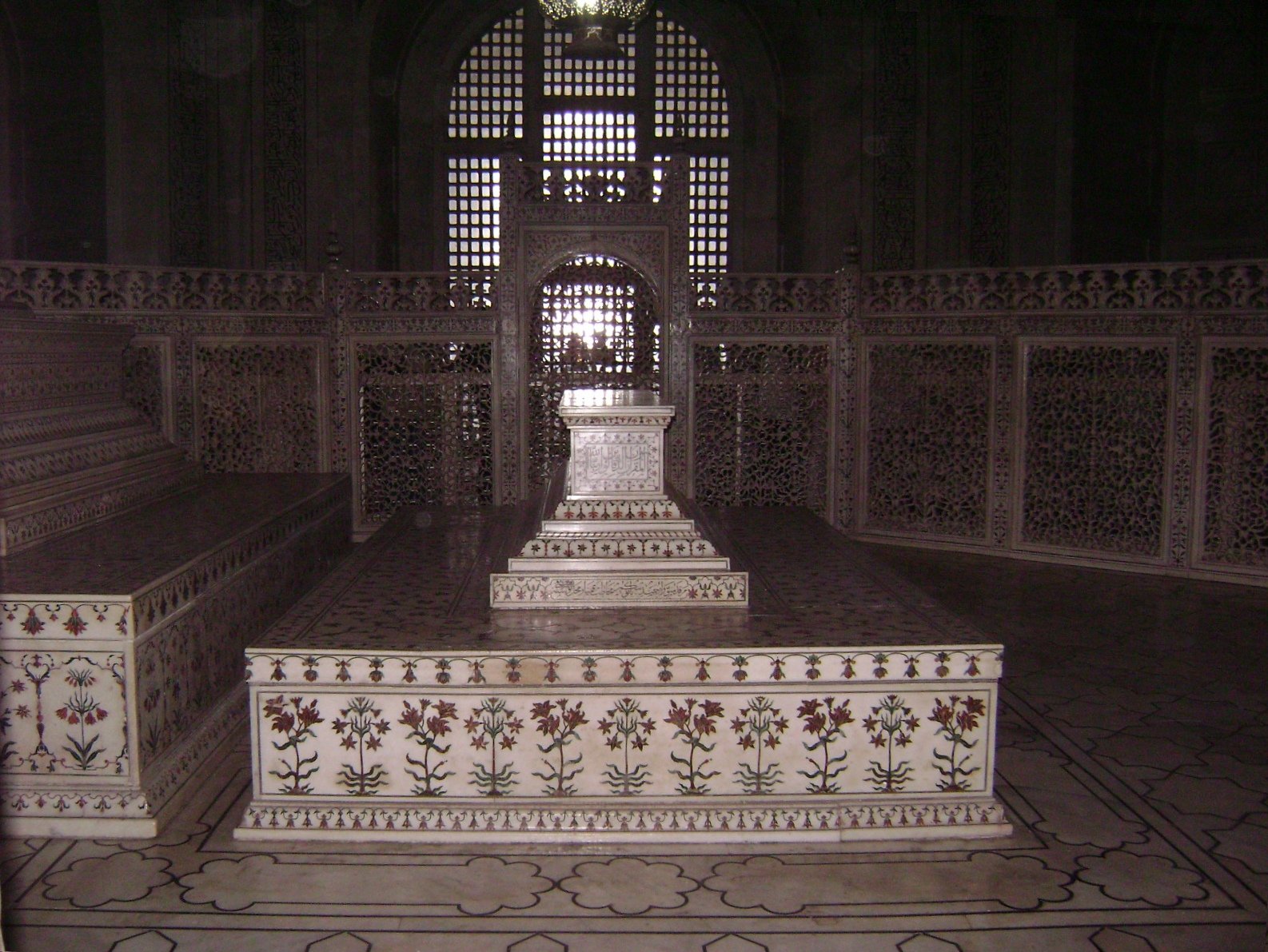The Taj Mahal is often referred to as a "Teardrop on the Cheek of Time" due to its ethereal beauty and the emotional impact it has on those who visit it. The phrase is often attributed to the Indian poet Rabindranath Tagore, who is said to have described the Taj Mahal as a "teardrop on the cheek of time" in one of his poems.
The phrase is symbolic of the Taj Mahal's enduring beauty and the sense of loss and longing that it evokes. The monument was built by Mughal emperor Shah Jahan in memory of his beloved wife Mumtaz Mahal, who died in childbirth. The Taj Mahal is a symbol of Shah Jahan's love and devotion to Mumtaz Mahal, and it is said that he spent the later years of his life mourning her death and gazing at the monument he had built in her memory.
The Taj Mahal is considered one of the most beautiful buildings in the world, and its ethereal beauty and intricate design have captivated visitors for centuries. The phrase "teardrop on the cheek of time" is a poetic way of expressing the profound emotional impact that the Taj Mahal has on those who visit it, and the sense of loss and longing that it evokes. Overall, the phrase is a testament to the enduring power of love and the beauty that can be created when passion, creativity, and craftsmanship come together.





